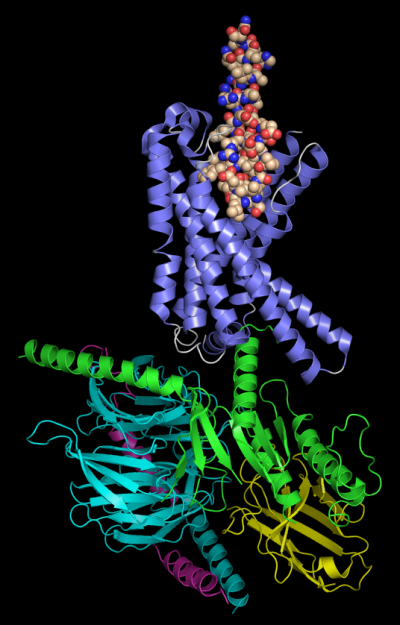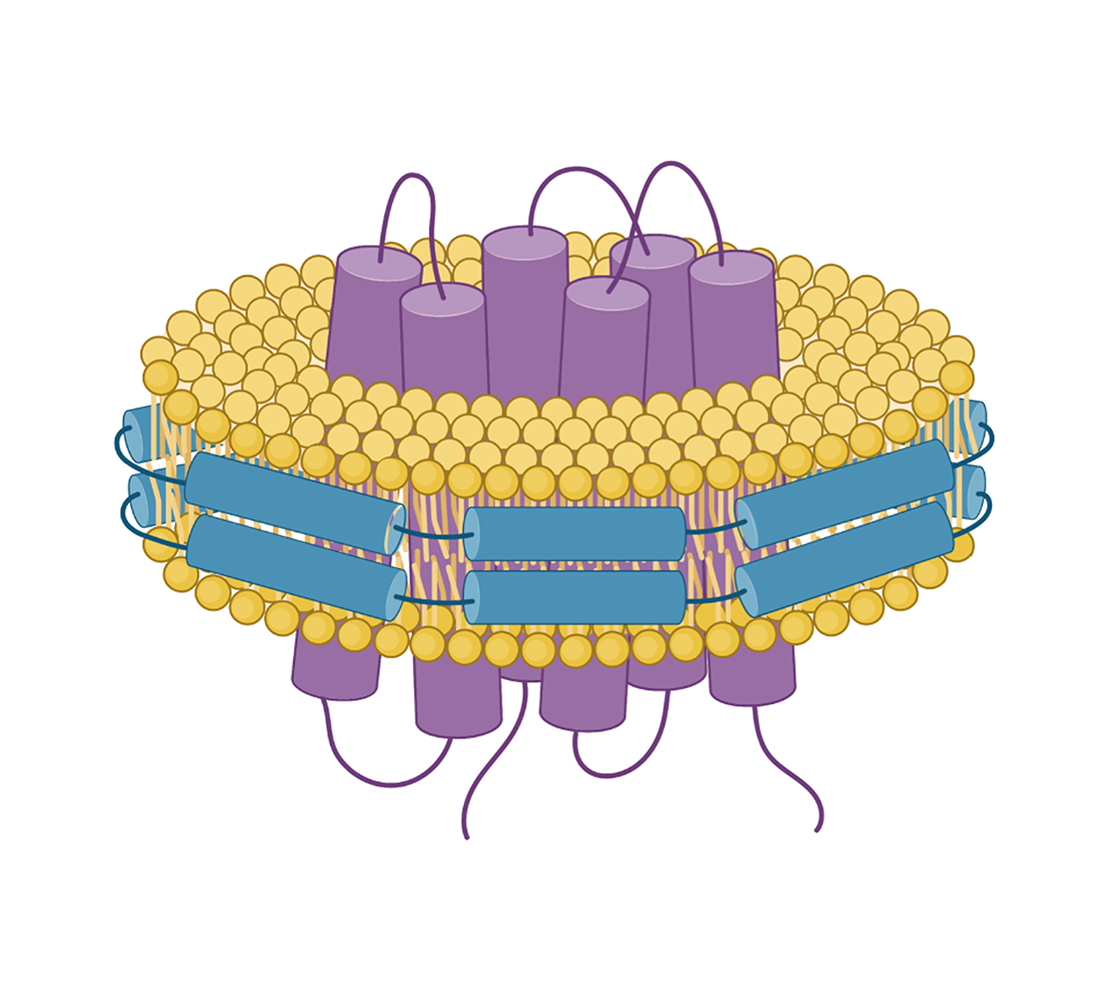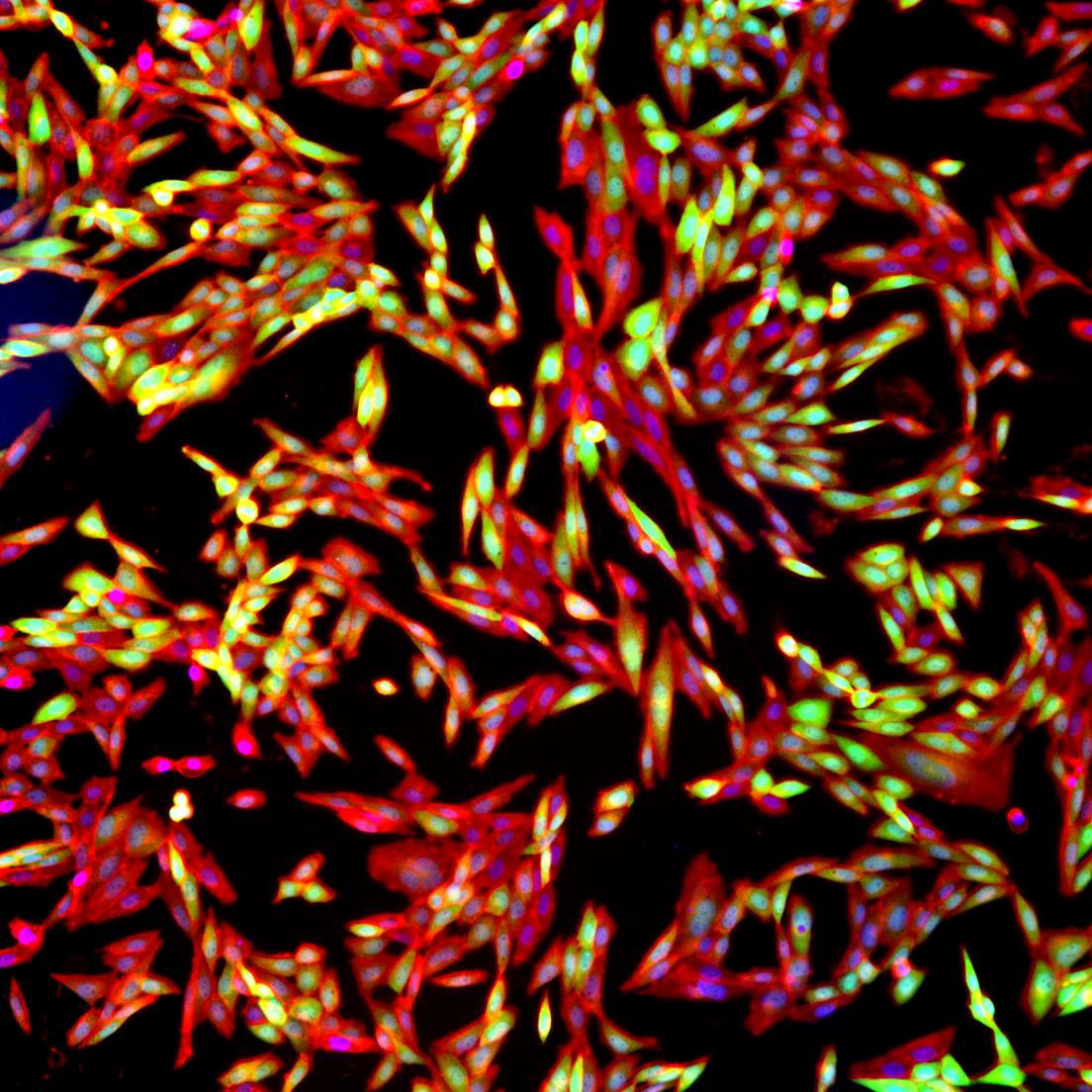Solutions
Identifying peptide leads through discovery technology
Orbit uses proprietary technologies to identify peptide leads suitable for optimisation as drug candidates. Orbit offers these technologies as services to biotechnology and pharmaceutical companies.
Our aim is to become the leader in functional screening by using a combination of screening know-how and miniaturisation to improve throughput and identify those rare hits with the desired biological function.

Protein Engineering
The purification of suitable target for any screening process is critical to success. Orbit offer the expertise to design, construction and validate a target and accessory proteins to present them as native protein; in artificial membranes; and in cell models. The techniques adopted ensure the creation of functional target proteins that can be used to identify peptides that are the starting point for further drug development. Orbit has developed specific expertise in purifying multi-membrane spanning proteins, in particular GPCR’s, that maintain a functional state post purification. In addition, Orbit develops target specific assays to facilitate the identification of therapeutic peptides during the screening processes.
In parallel to target purification, the design and construction of screening libraries can be performed using internal knowledge on structure, diversity, modelling from known motifs


Affinity Screen
Target material generated by Orbit or supplied by our Partners is screened with novel FACS based methodologies. Target material can come in many formats including soluble protein; in situ cell bound protein; or, presented in an artificial membrane with associated accessory proteins locking it into an active state. These proteins are screened against libraries of 10s of billions of peptides in order to identify panels of specific target binders. These target binders can then be ranked for their intrinsic affinity to the target and form the scaffold for further optimisation and development as therapeutic candidates.
If a functional screen is desired, these binders can then be further analysed for function using cell-based assays using either plate-based screening or droplet-based microfluidics .
Functional screen
Using plate-based techniques, libraries of up to 50,000 peptides derived from an affinity screen can be screened against target presented in functional cell models. Generic activation of target function is demonstrated directly in the screen and hits selected and sorted. If rarer events are being assessed, or an abundance of leads are required, microfluidic and droplet-based techniques can be applied to screen libraries of up to 1 million peptides. These platform are ideal for searching for agonistic and antagonistic functional peptides, where the effect of the peptides on real life read-outs can be built into a screening cascade.



